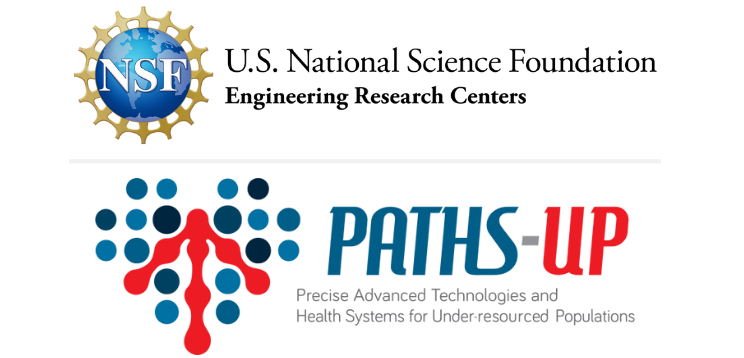The PATHS-UP innovation ecosystem and entrepreneurship model involves interaction between three entities:
PIs and students at the PATHS-UP institutions
IPAB (Industry Professional Advisory Board) and affiliates
Members from the technology transfer and commercialization offices of each institution, including dedicated entrepreneurs-in-residence/training that are embedded in each center partner institution
Central to the PATHS-UP innovation ecosystem model are the major phases of technology evolution, i.e., discovery, feasibility, engineering pilot and commercial applications. At each phase, the model will incorporate stakeholder input to help define research goals and provide for licensing and subsequent funding of industry member-specific projects in PATHS-UP. The IPAB considers technologies at each stage in order to apply “seed-stage” or “pilot-stage” funds to move the most promising and disruptive technologies forward towards commercialization. The IPAB is composed of both large (full members) and SBA-qualified small companies (affiliate members). The latter group will engage in the innovation-commercialization cycle via licensing of test methods, tools, collaborative projects, and engaging with PATHS-UP researchers in the NSF iCorps, SBIR/STTR grants, and other available supplemental funding opportunities.
The member structure includes levels from premium, full, base and in-kind (observer but not IPAB member and only available to small businesses). Each level of membership will bring different benefits, such as being an advisory board member with voting rights, various levels of IP rights, options for commercial IP license, access to ISO-13485 compliant pilot medical device manufacturing center at reduced rates, and access to nonproprietary information. Other benefits include free/discounted access to conferences and workshops, networking with other industries, access to test beds and data, and access to students.
